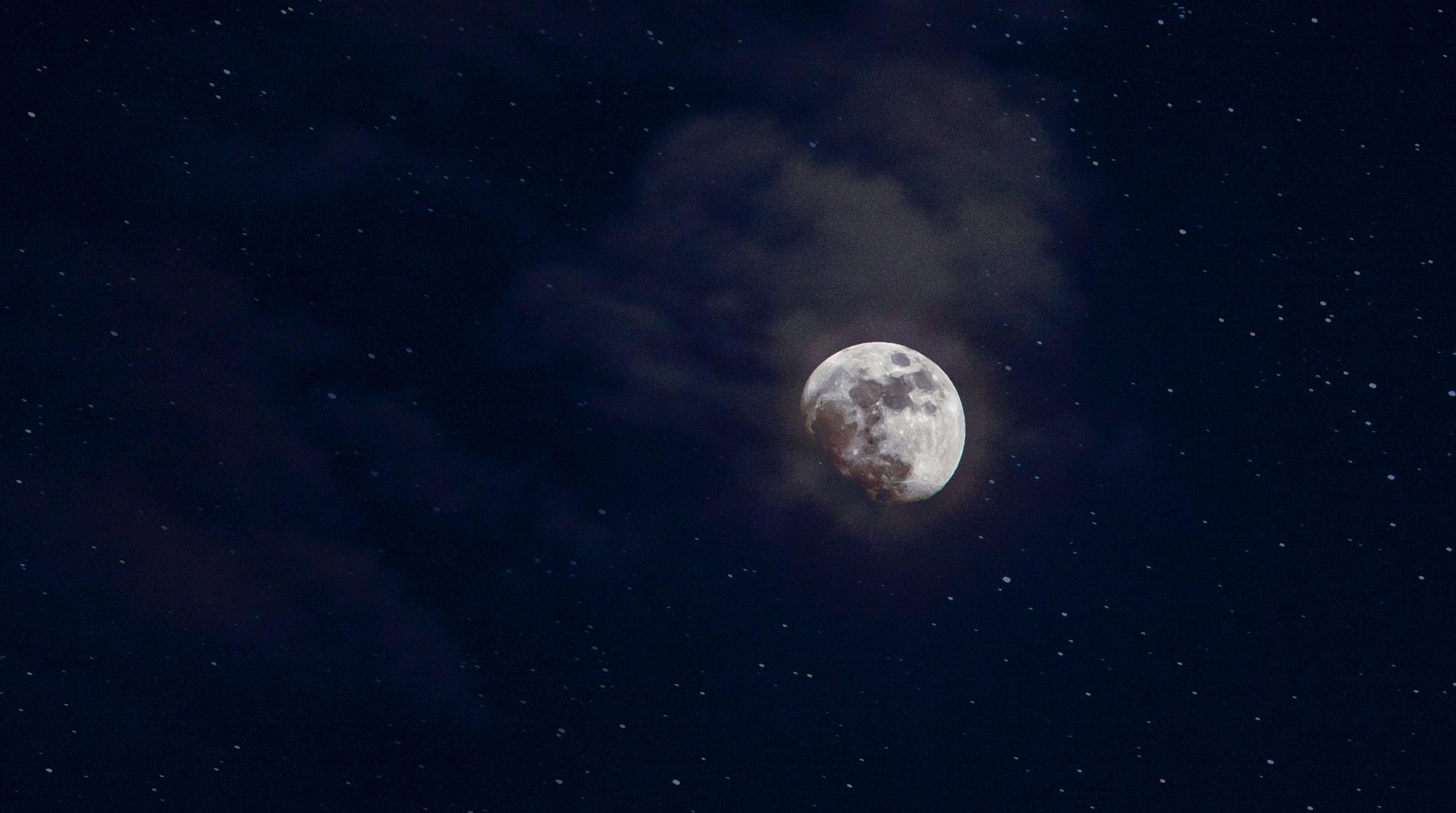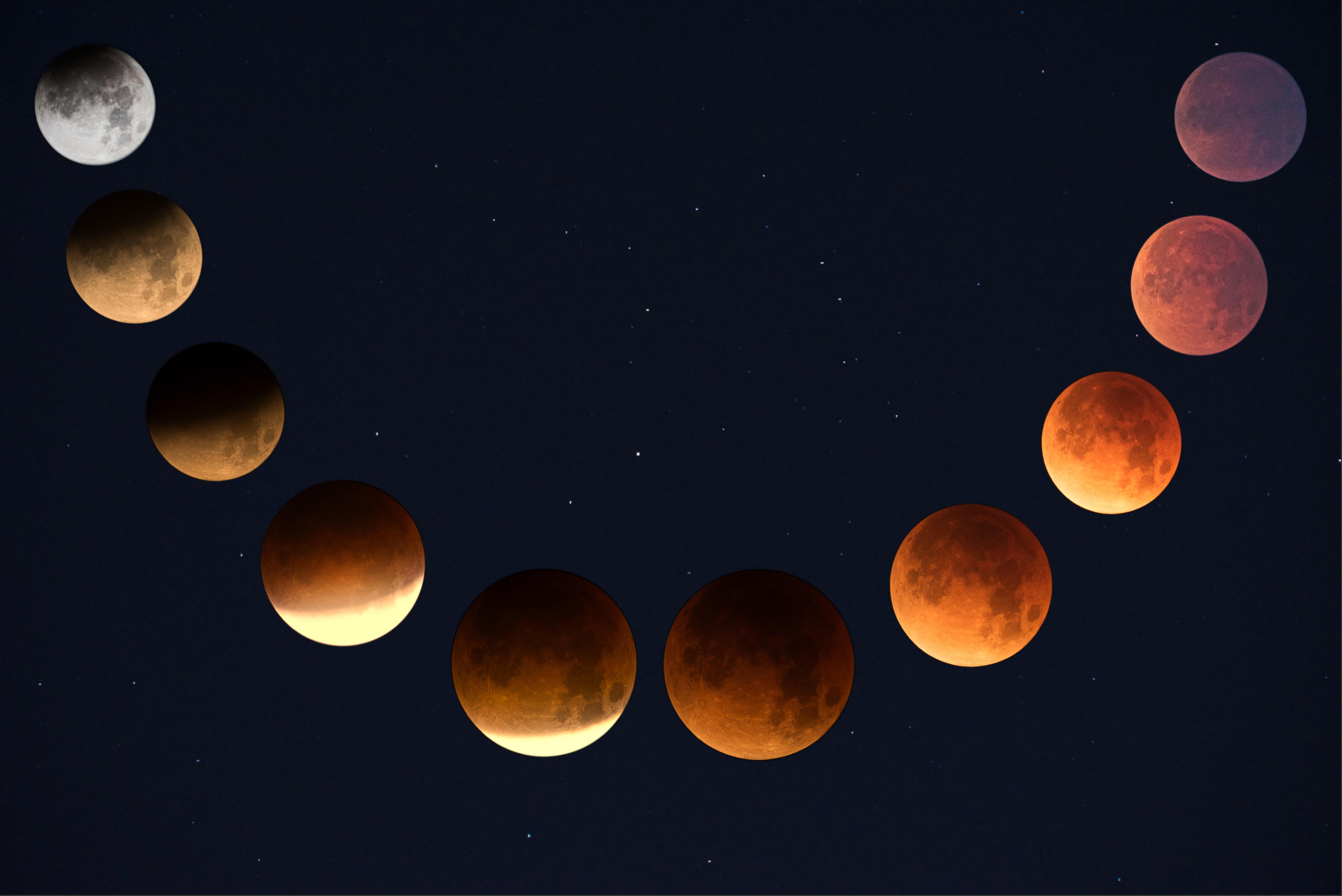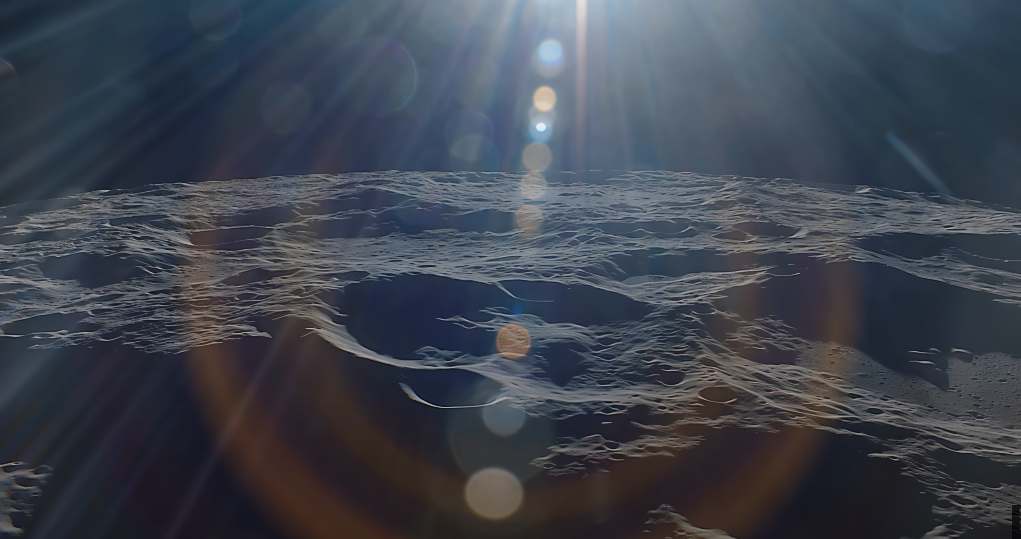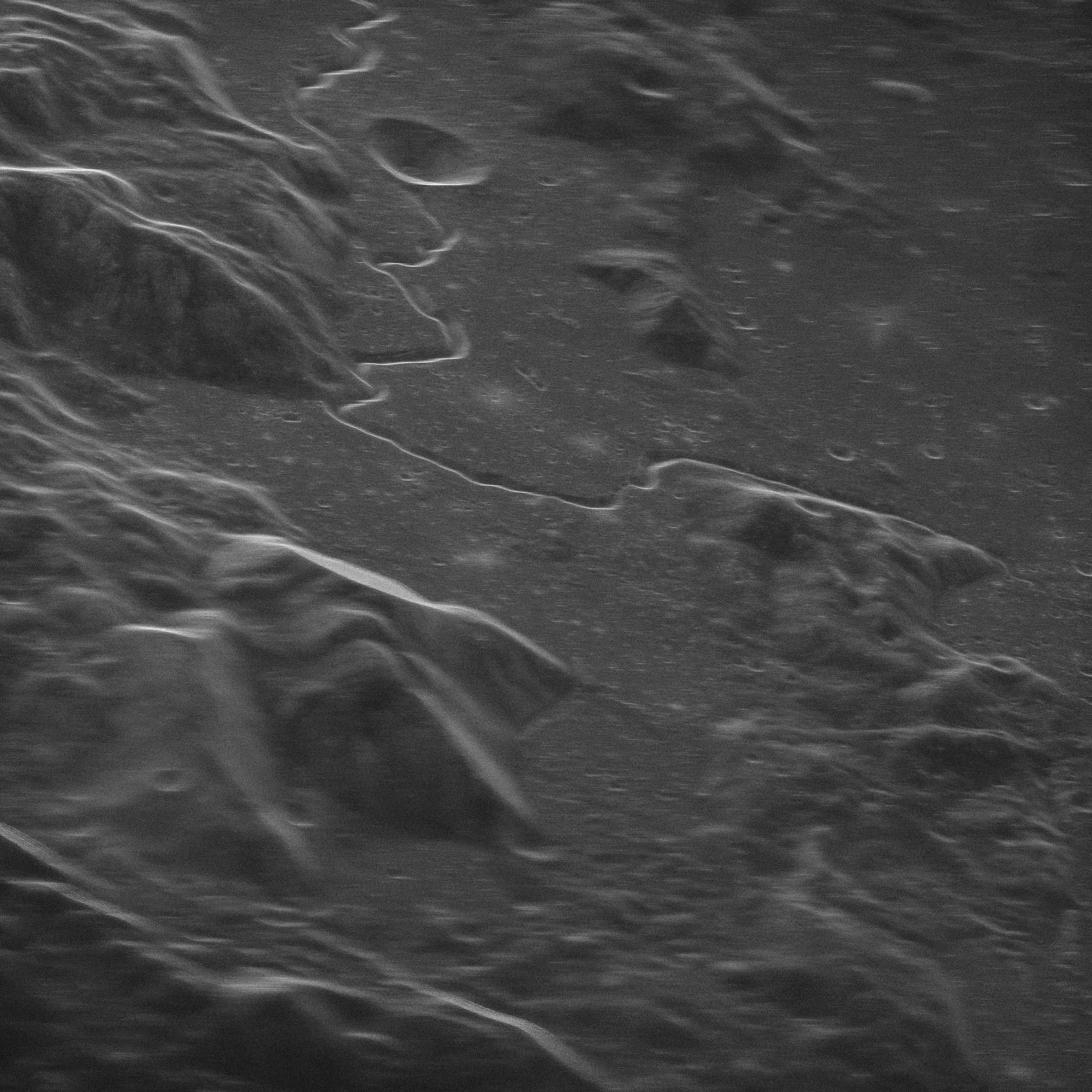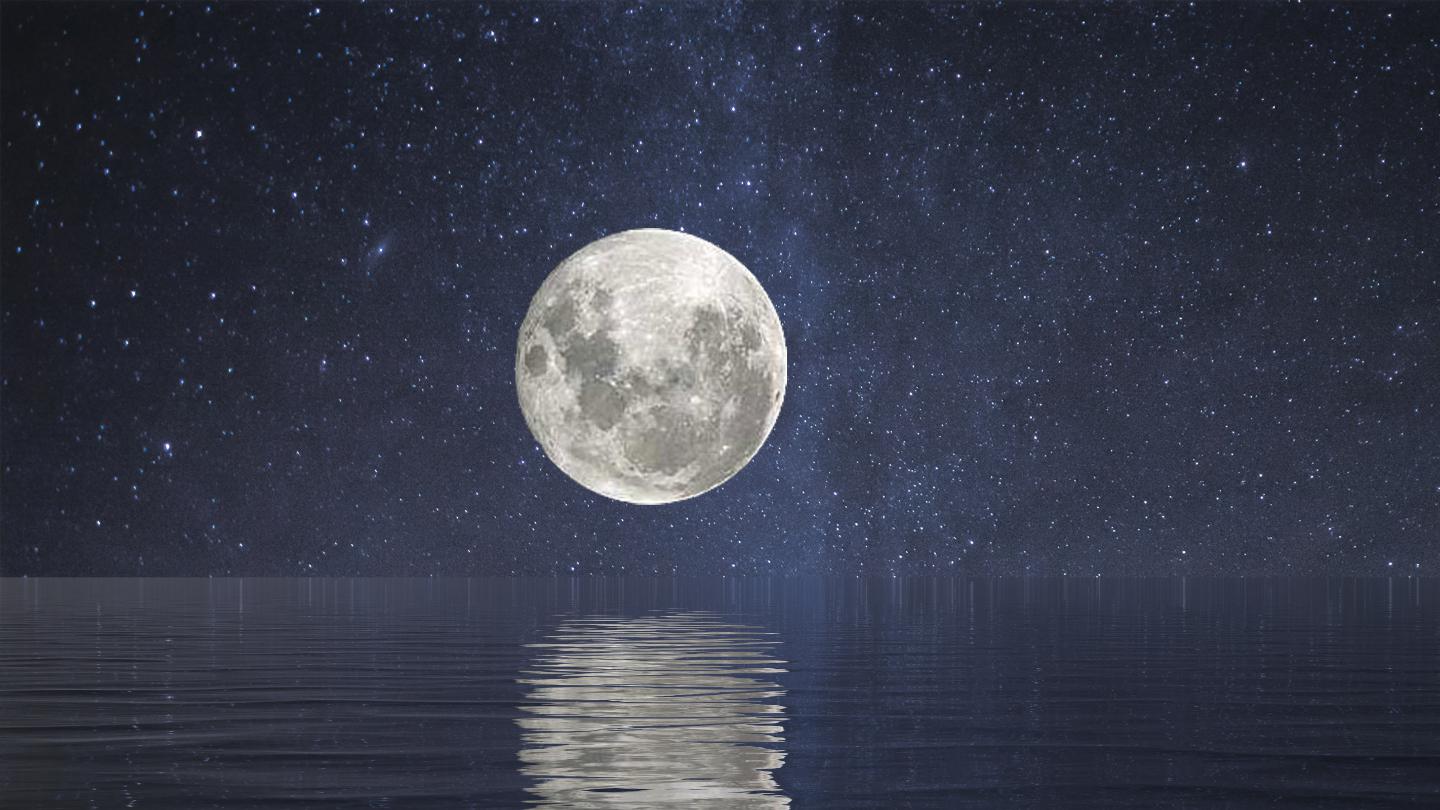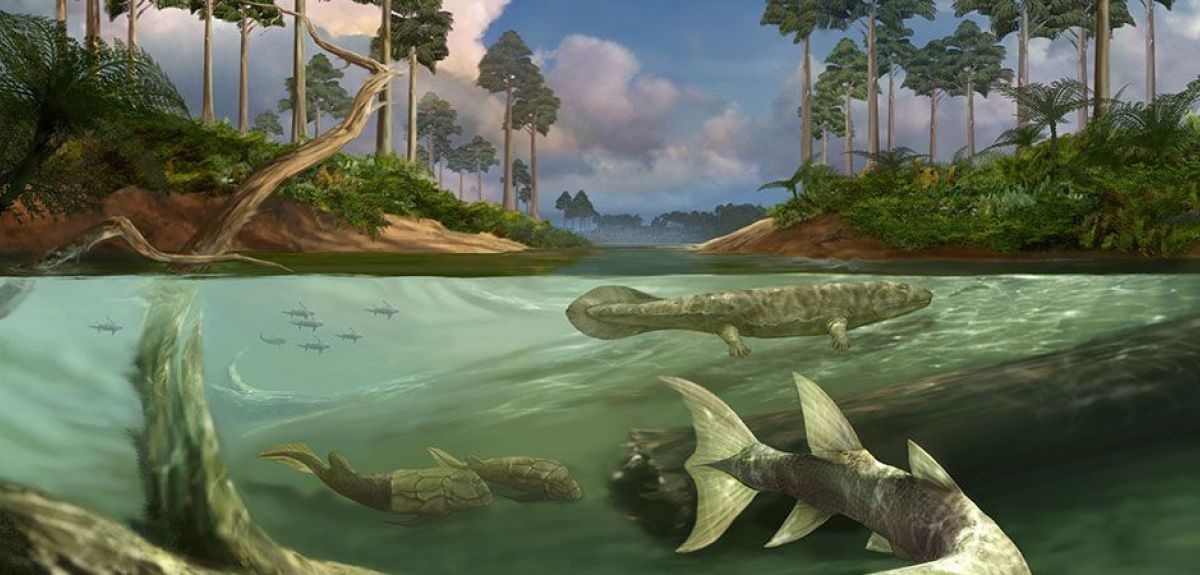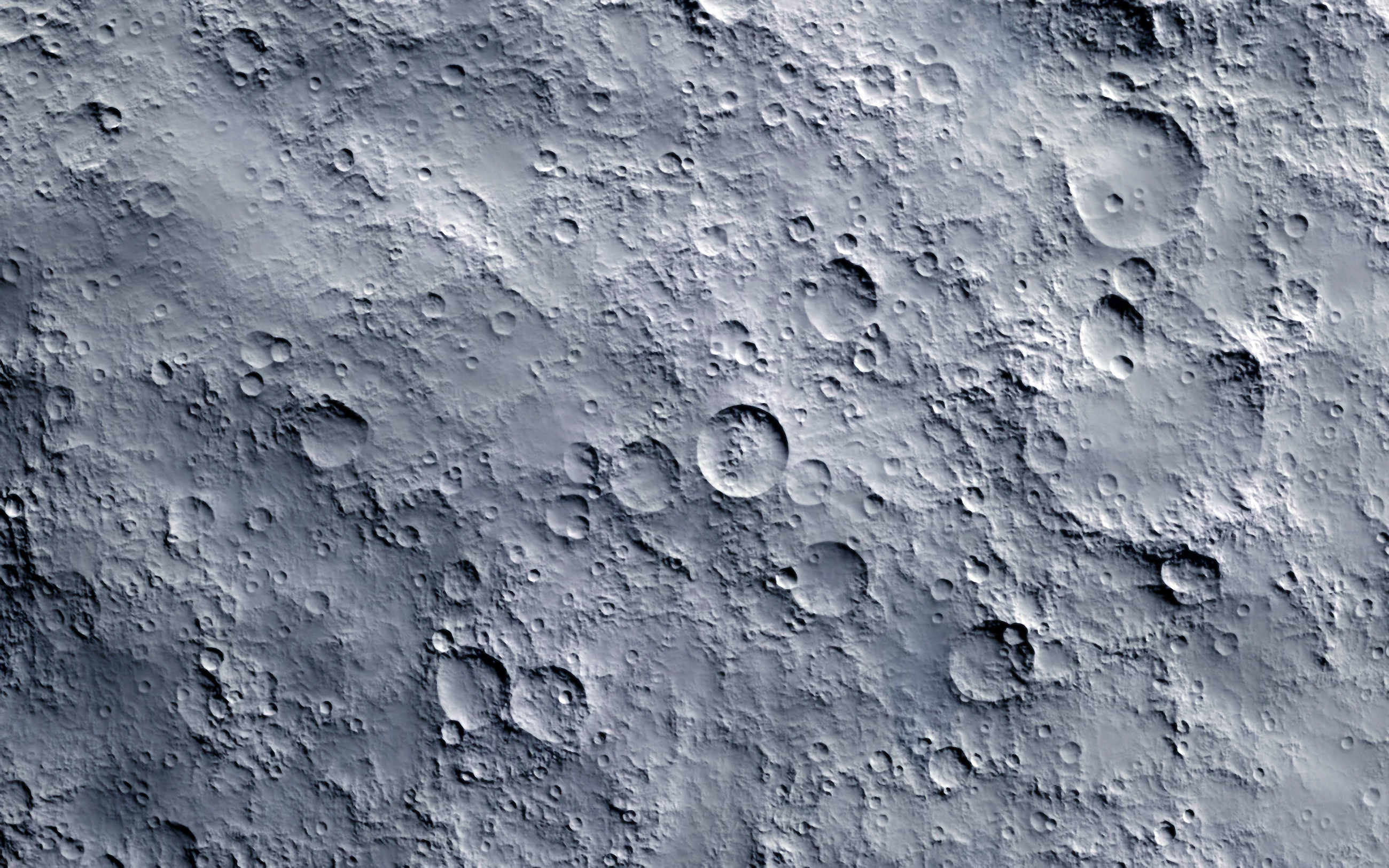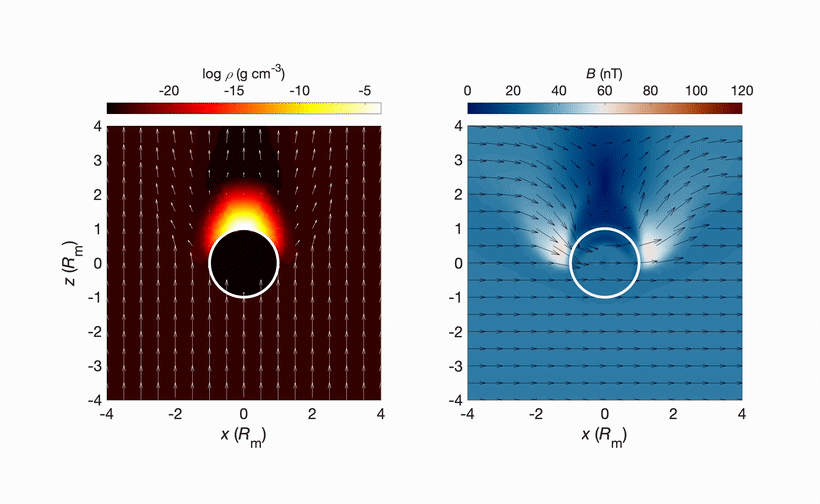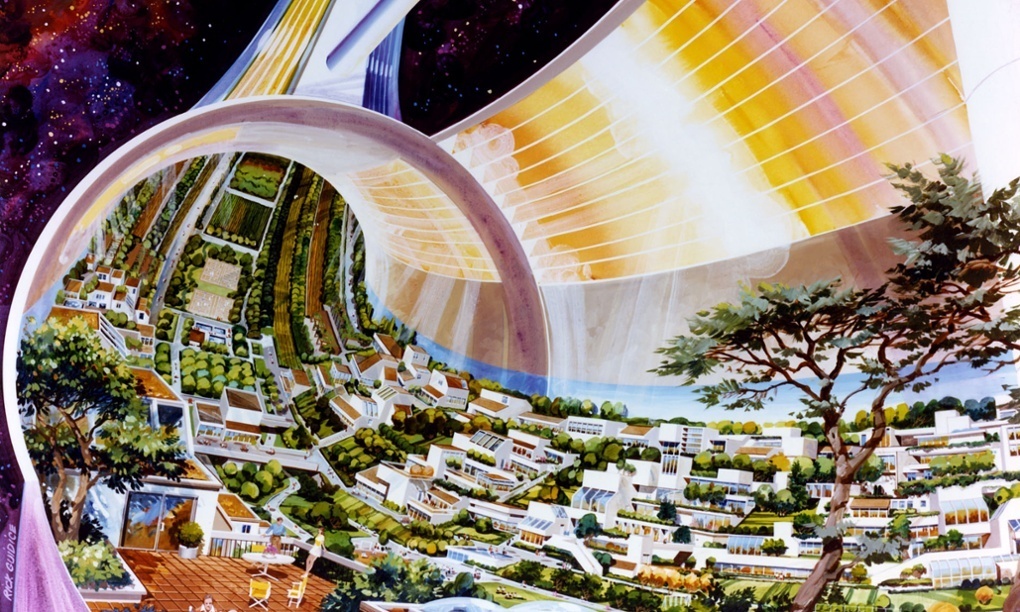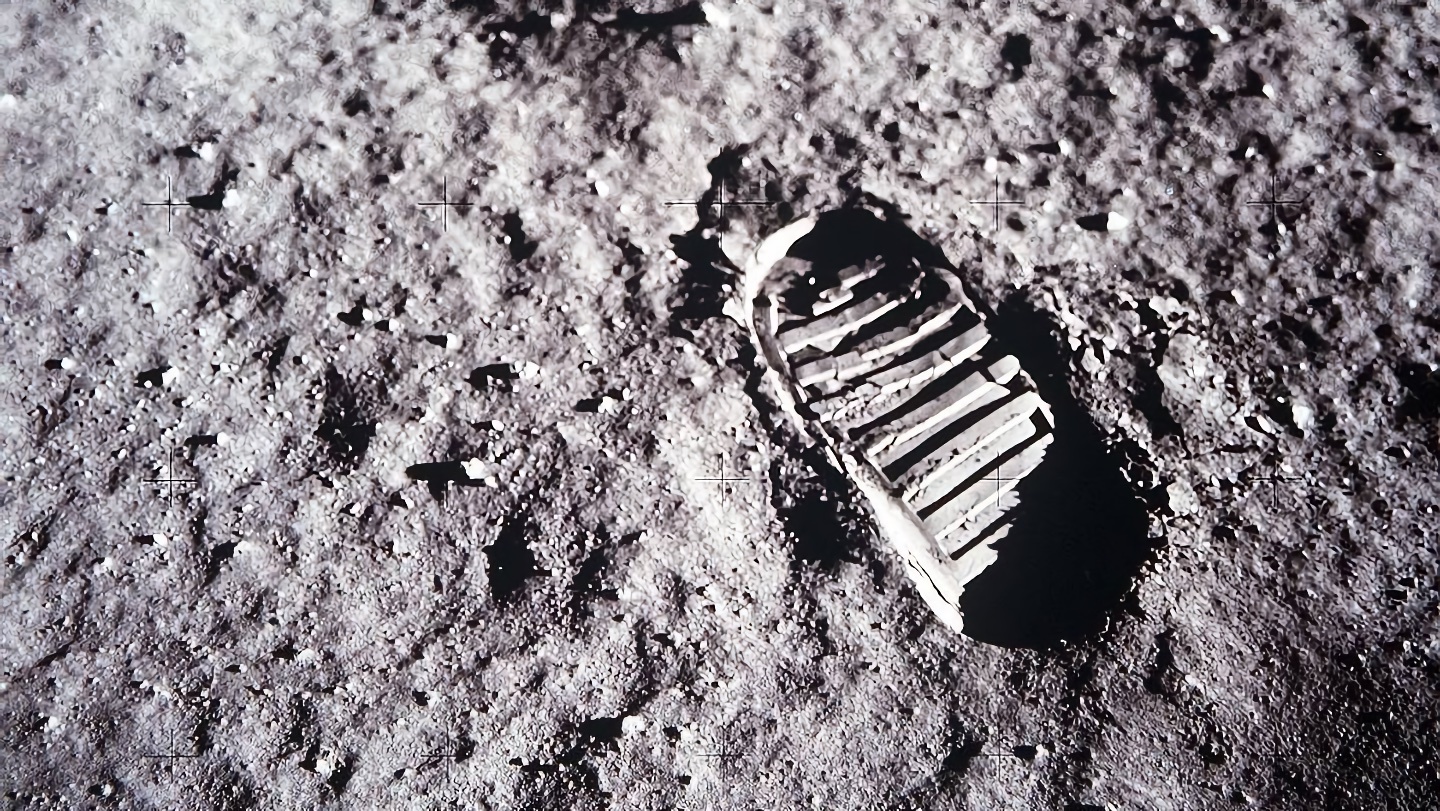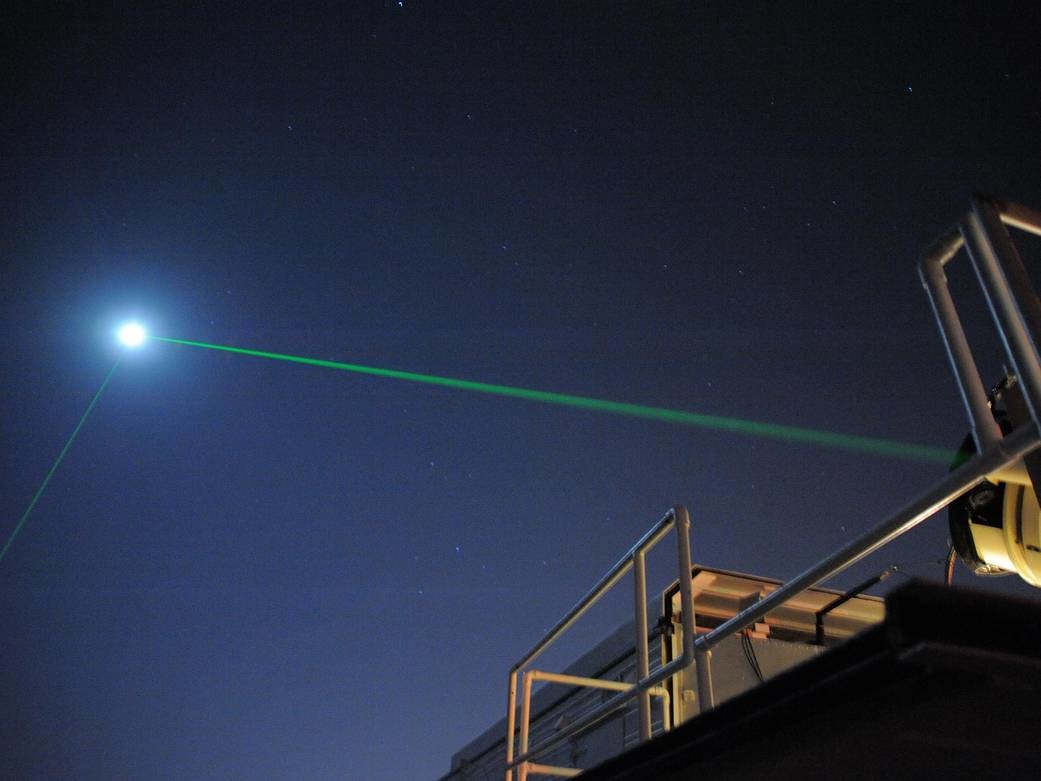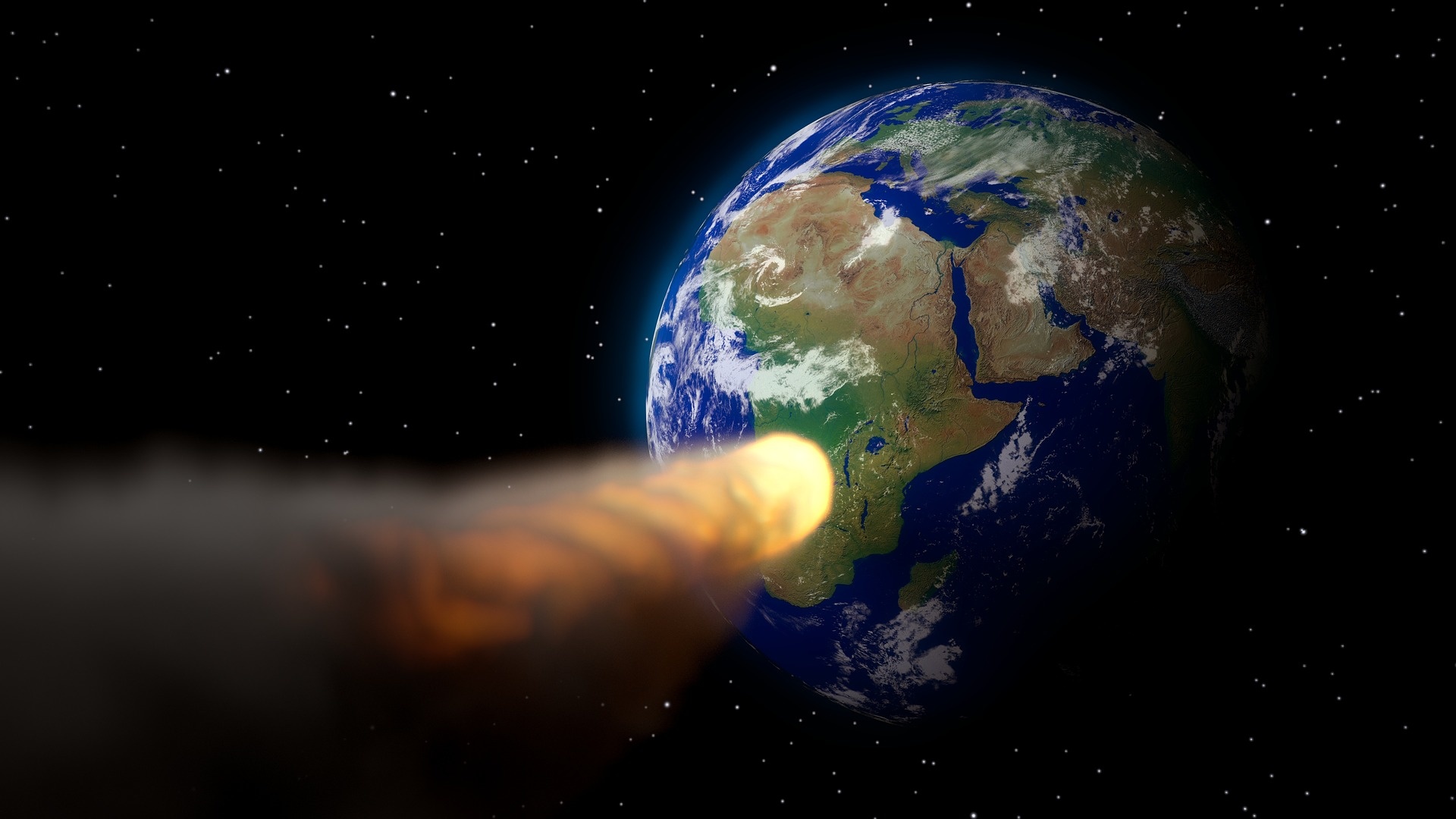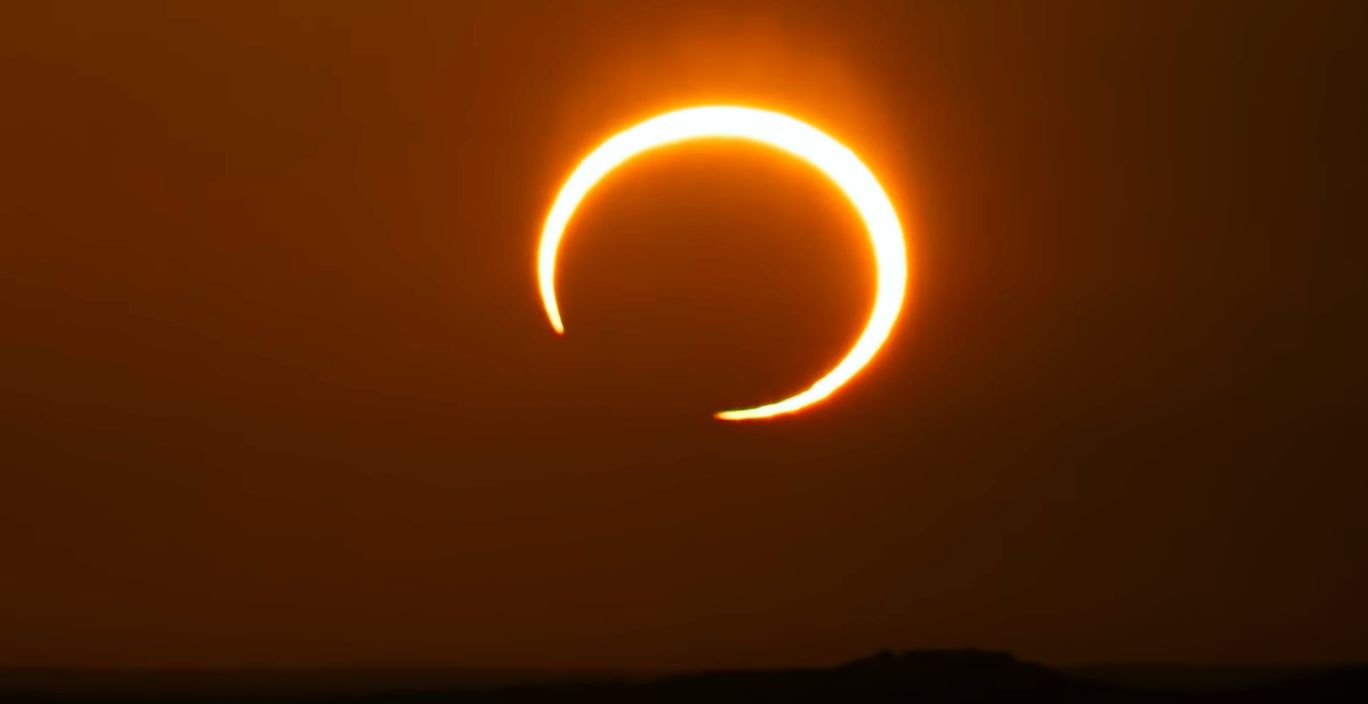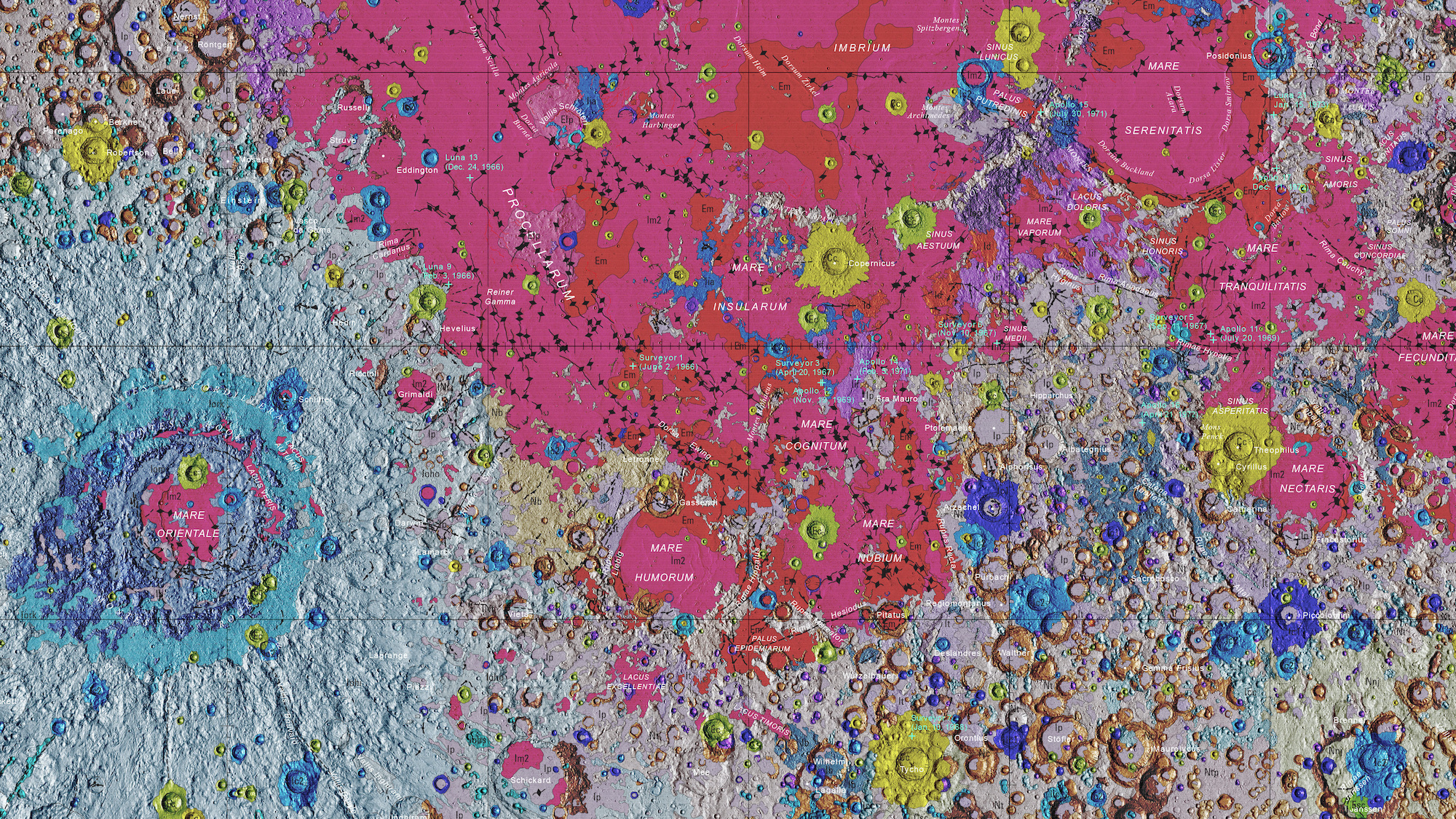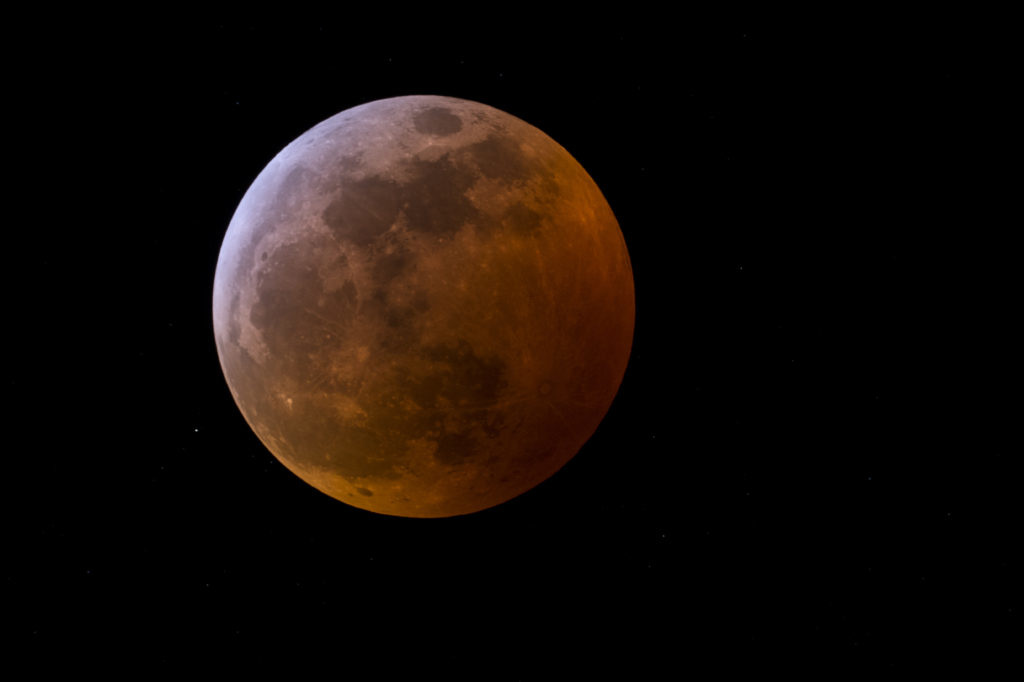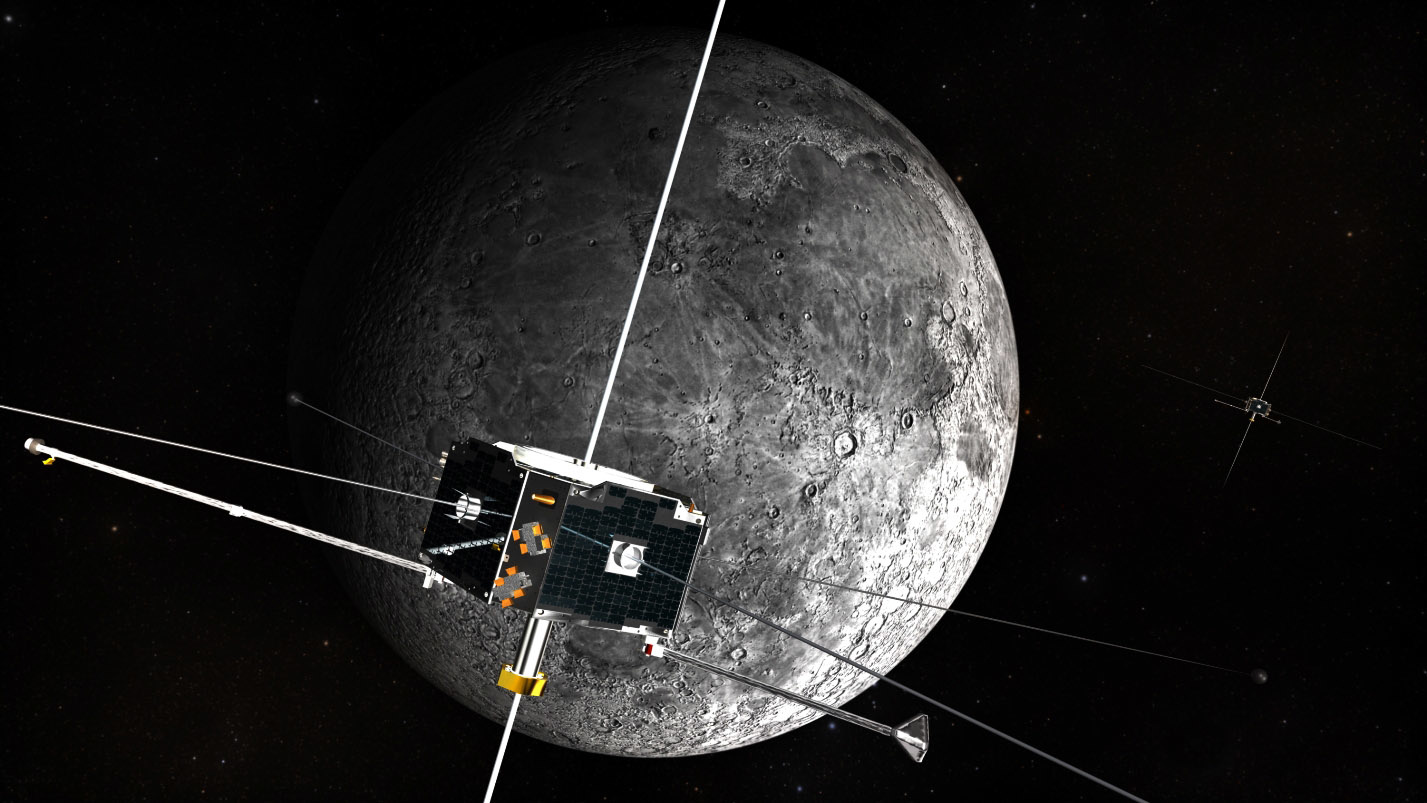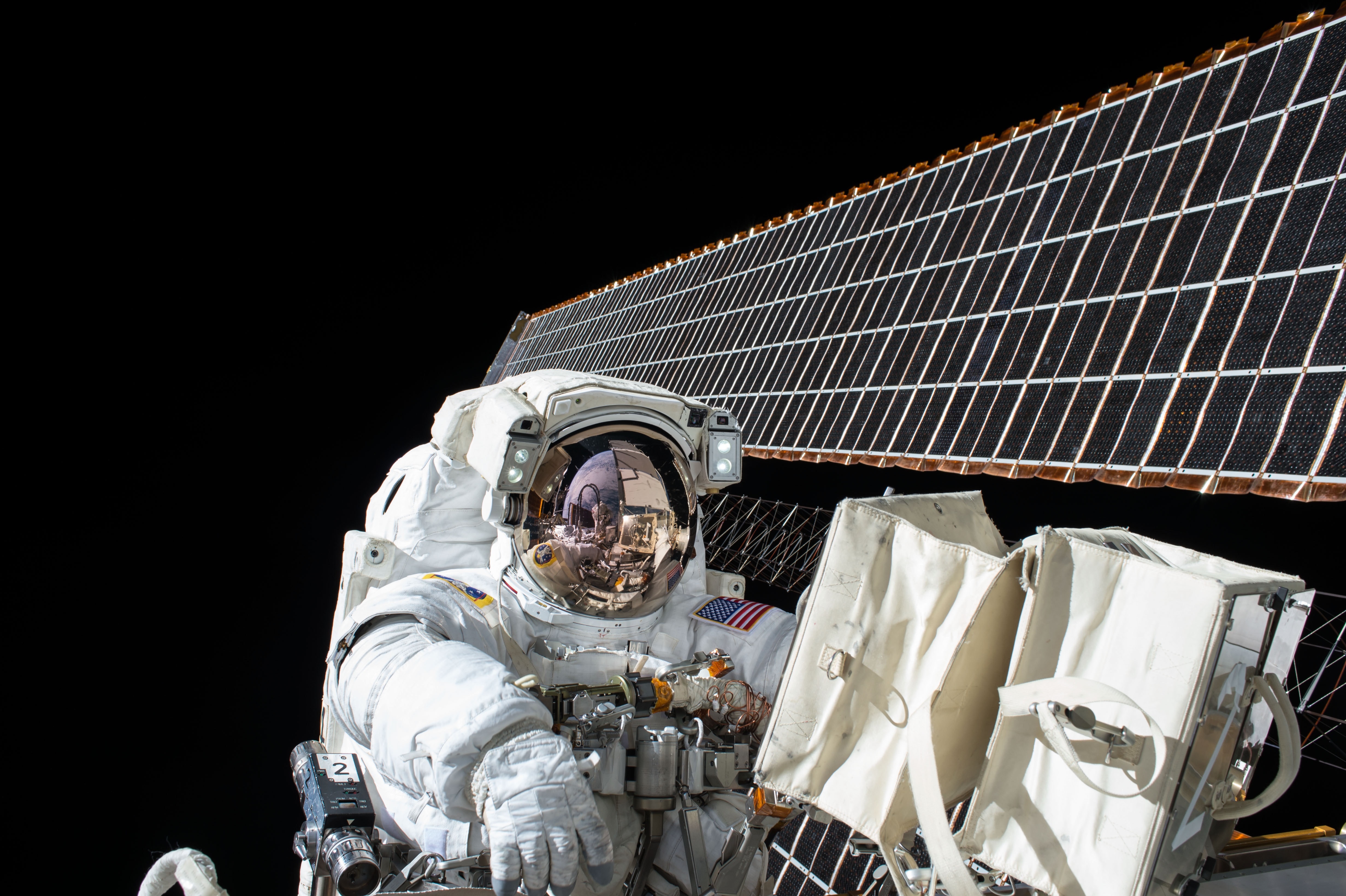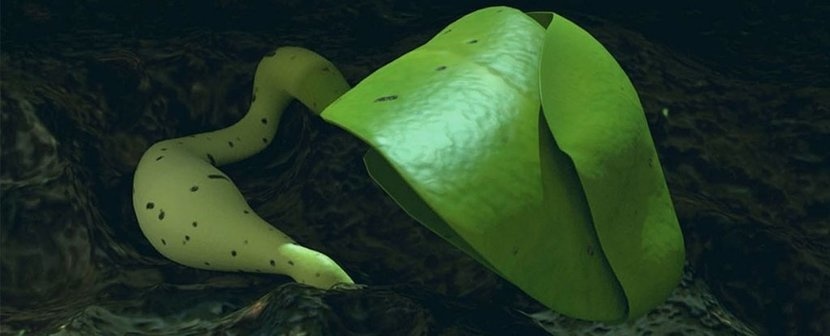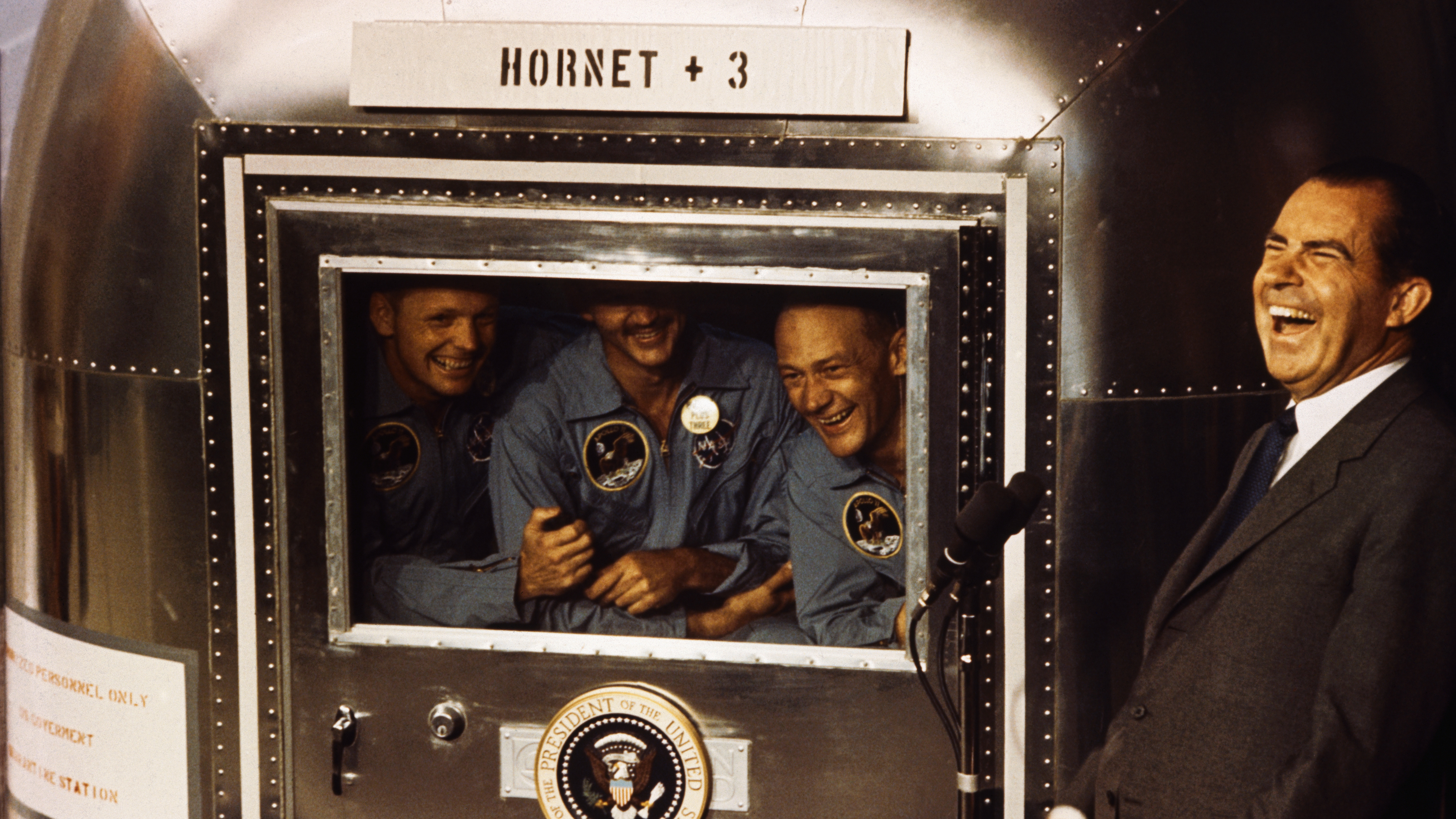moon
Surrounding Earth is a powerful magnetic field created by swirling liquid iron in the planet’s core. Earth’s magnetic field may be nearly as old as the Earth itself – and […]
The eclipse season is starting with a bang.
Artist Seán Doran recently created more than eight hours of high-definition video using images captured by Japan’s SELENE lunar orbiter.
Radar astronomy is nothing new, but a new transmitter may give us unprecedented image resolution.
Researchers from Norway discover that the Moon’s tides influence the release of methane from the ocean floor.
Researchers find a key clue to the evolution of bony fish and tetrapods.
Water may be far more abundant on the lunar surface than previously thought.
New research explains why the Moon’s crust is magnetized by debunking one long-standing theory.
The future of cities on the Moon, Mars and orbital habitats.
Dust sticking to things on the moon is a serious problem researchers are trying to solve.
The mission could launch as soon as the 2030s, the researchers said.
After a decade of failed attempts, scientists successfully bounced photons off of a reflector aboard the Lunar Reconnaissance Orbiter, some 240,000 miles from Earth.
The impact might have triggered the Ice Age.
It could be the most spectacular annular eclipse of the decade.
On Friday, the moon will pass through the Earth’s outer shadow, known as the penumbra.
New analysis of Apollo 17 sample reveals clues to the Moon’s violent history.
Why did the dinosaurs go extinct? Because they didn’t have a space program.
▸
4 min
—
with
USGS’s ‘Unified Geologic Map of the Moon’ is the definitive blueprint of the lunar surface.
Need a distraction during these stay-at-home times? Look up tonight to see the first supermoon of spring.
Astronaut Garrett Reisman talks NASA, SpaceX, and where we’re headed next.
▸
4 min
—
with
A NASA-sponsored competition asks participants to improve the design of a bucket drum for moon excavation.
Here’s a look at the space agency’s astronaut candidate requirements.
Being ahead of the curve can be a dangerous place. These 7 thinkers were driven from their homelands over it.
The billionaires are both looking to the stars, but each has a different dream for space colonization.
▸
4 min
—
with
The private sector may need the Outer Space Treaty to be updated before it can make any claims to celestial bodies or their resources.
▸
5 min
—
with
It marks the first time a plant has been grown on the moon.
Tardigrades – commonly called “water bears” – were among the payload of an Israeli lunar lander that crashed into the moon in April.
Construction of the $500 billion dollar tech city-state of the future is moving ahead.
Two Apollo 11 astronauts question NASA’s planetary safety procedures.
